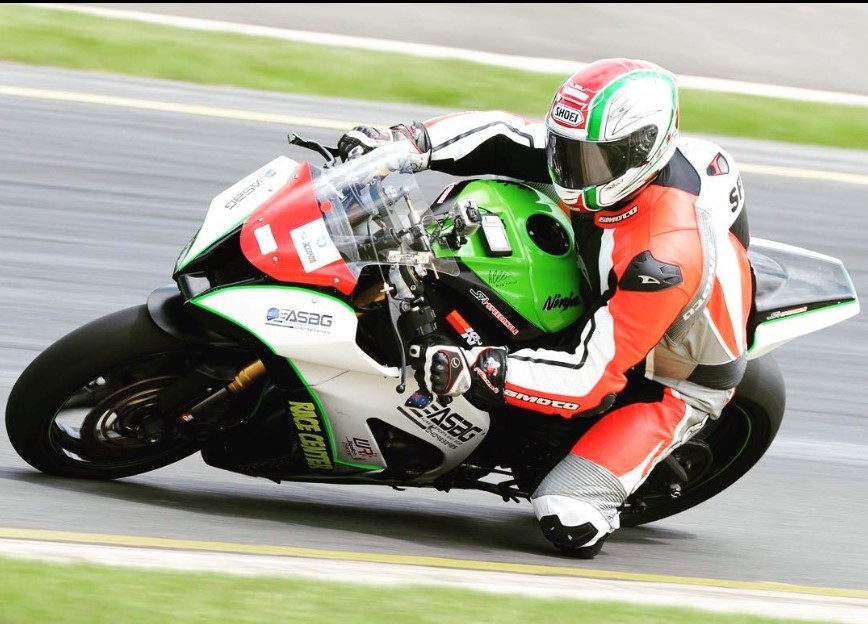There are several different types of motorcycle helmets on the market, each of which serves a specific purpose and offers different levels of protection and comfort. In this article, we’ll explore the different types of motorcycle helmets available and discuss their key features, so you can make an informed decision when it comes to choosing the right helmet for your needs.
1. Full-face helmets:
A full-face helmet is a type of helmet that covers the entire head, including the chin, face, and back of the head. This type of helmet offers the most protection for the head and neck, and is suitable for a variety of riding conditions. Full-face helmets usually feature a visor to protect the rider’s eyes from wind, rain, and debris, and some models also feature a built-in sunshade.
2.Modular helmet:
A modular helmet, also known as a flip-up helmet, is a type of helmet that features a hinged chin bar that can be flipped up to allow the rider to easily communicate or eat and drink while stopped. This type of helmet offers the protection of a full-face helmet, but with the added convenience of being able to flip the chin bar up when needed. Modular helmets are suitable for a variety of riding conditions, but they may not offer the same level of protection as a full-face helmet.
3.Open-face helmet:
An open-face helmet is a type of helmet that covers the top and back of the head, but leaves the face and chin exposed. This type of helmet offers less protection than a full-face helmet, but it is more comfortable and allows for better communication and visibility. Open-face helmets are suitable for casual riding and short distance trips.
4.Half-helmet:
A half-helmet, also known as a brain bucket or a beanie helmet, is a type of helmet that covers only the top of the head, leaving the face and neck exposed. This type of helmet offers the least protection of all the helmet types, and is generally only suitable for very low speed riding or cruising.
In addition to these types of helmet, there are also specialized helmet for specific activities such as racing, off-road riding, and touring. It is important to choose a helmet that is appropriate for the type of riding you will be doing and that meets the safety standards set by the Department of Transportation (DOT) or the Snell Memorial Foundation.
As an expert in the field, Steven Spilly advises riders to always wear a helmet whenever they are on a motorcycle, and to regularly replace their helmet to ensure it is providing maximum protection. A helmet is an essential piece of safety equipment that can help prevent serious injury or death in the event of a crash.
If you want to know more about Steven Spilly then follow on Facebook , Twitter , Instagram , Pinterest and Linkedin
Also Read:
